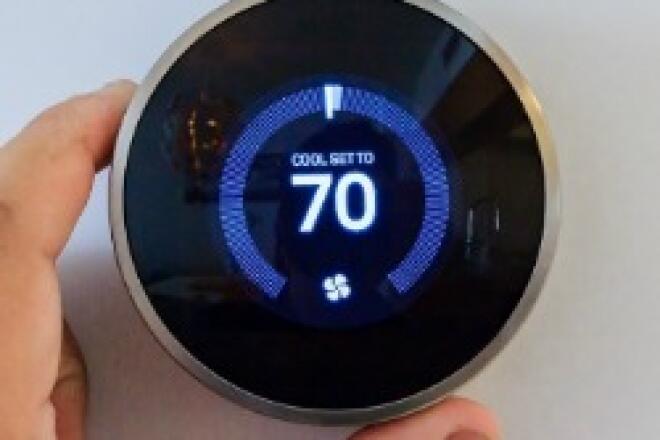
3 Ways to Prepare for an Energy-Efficient Winter
Leaves changing to gold and red, a crisp feel to the air and the arrival of a pumpkin-spiced version of nearly everything are all sure signs that fall is here.
There are many things to love about America’s favorite season – fall foliage, college football games and Halloween, to name a few – but did you know it’s also an excellent time to make your home more energy efficient?
For many Americans, winter can bring the highest energy bills of the year, and this year is sure to be no different as energy costs are expected to be higher than normal. Fortunately, there are some tried-and-true steps that you can take to prepare.
Let’s look at three ways you can prepare for an energy-efficient winter:
1. Seal the cracks around your home to keep the cold air out and hot air in.
One of the most impactful things you can do before winter weather rolls in is to seal your home against the elements (also known as weatherization). Around doors, windows, attic entrances and other movable features of your home, your best bet is weather stripping, which can be found at any home improvement store. For small cracks and gaps around heating ducts, window frames and other fixed features, caulk will do the job. Other instances may require new insulation.
If you’re a DIYer, you can likely make many of these improvements on your own. However, if you’d like the assistance of a professional, you may want to contact your power company. They may be able to offer a free energy audit to nail down where the leaks are, and they may have a vetted list of trusted contractors to make the changes. There are also some assistance programs that may help you get these updates.
With the cost of energy expected to increase this winter, you don’t want to waste the heat that your heating system generates. According to the Environmental Protection Agency (EPA), you could lower your energy bills by over 10 percent by air-sealing your home and adding insulation in the attic, crawl spaces and other areas!
2. Upgrade to a smart thermostat – or program to a more efficient setting.
Since heating typically accounts for a large chunk of a home’s energy costs during the winter months – whether that’s electricity, heating oil or natural gas – optimizing your thermostat settings can help mitigate any significant increases to your energy bills.
According to the Department of Energy, you can save 10 percent a year on heating and cooling by “turning your thermostat back 7°-10°F for eight hours a day from its normal setting”. In the winter, it’s recommended that you set your thermostat to 68°F while you’re home and awake and a few degrees lower when you’re sleeping or away.
However, if you really want to get a handle on managing your home’s temperature, you may want to consider purchasing a smart thermostat, which typically costs between $79 to $250 – before any rebates that may be available through your power company.
A smart thermostat can automate the changes in temperature throughout the day and can make changes based your comfort preferences or to maximize efficiency. You can also control the temperature remotely through an app and may be able to see your energy usage in real time. According to ENERGY STAR, you could save eight percent or more on heating with a smart thermostat.
3. Swap out your lightbulbs with LEDs – including those old holiday lights
Finally, if you haven’t upgraded your home’s lighting, now is a great time to do so! Lighting typically accounts for about 10 percent of the average home’s energy usage, and in the winter, this could go up due to the shorter days.
But fortunately, LED lighting is one of the most proven and inexpensive ways to start saving energy at home – and you’ll start reaping the benefits instantly. According to the Department of Energy, LED lighting uses about 75 percent less energy and could last up to 25 times as long as incandescent bulbs!
And unlike years ago when LEDs were just becoming a viable technology for homes, LED bulbs today are relatively inexpensive, and there are lot of great options out there depending on your needs and preferences – including energy-efficient holiday lighting. Older Christmas lights can be a major energy drain around the holiday season, while the LED versions will add a negligible impact to your electric bill.
There you have it – three ways that you can make your home more energy efficient this fall in between watching World Series games and drinking way too many pumpkin spiced lattes!
Looking for more ways to save energy at home? Check out the Ways to Save on Energy fact sheets here.



